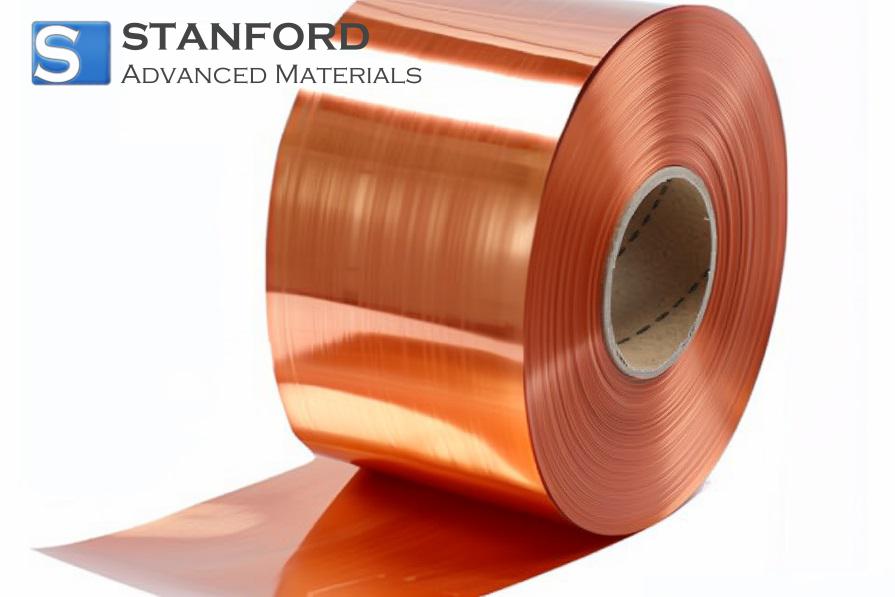Breast Cancer Treatment With Gold Nanoparticles
Joseph Irudayaraj is a Professor for Agricultural and Bioengineering at Purdue University. He and his research team have developed a method to detect cancer cells and measure their numbers. The method uses extremely small gold nanoparticles that carry synthetic DNA tails. These particles measure over 1 000 orders of magnitude smaller than the width of a human hair.
These gold particles bind to BRCA1 messenger RNA splicing variants. They are fragments of genetic material that indicate whether cancer cells are present and the stage of breast cancer. BRCA1 is a gene that suppresses tumours. Under certain conditions, the gene may cause a cell to become cancerous. Lower expression levels of the gene suggest the possibility of breast cancer.
Irudayaraj worked with his then research assistant Kyuwan Lee. They first developed the gold nanoparticles. They then marked DNA strands corresponding to BRCA1 mRNA splicing variants. The nanoparticles attach to both ends of the mRNA splicing variants when injected into a cell.
To determine the number of mRNA splicing variants in a cell, they use light on the gold nanoparticles. A single gold nanoparticle (a monomer) emits green light when illuminated. A pair of gold nanoparticles (a dimer) appears red when bound to an mRNA splicing variant. The particles scatter light in different ways. By examining these patterns, the researchers distinguished between them. One method used was spectroscopy, which measures the scattering of light when it strikes an object. Another method was a colourimetric image displaying the various colours of the particles. The entire process takes approximately 30 minutes.
Current cancer diagnostic methods use samples from hundreds or thousands of cells. This approach does not provide sufficient details on gene production at the cellular level. Splicing variants provide specific details on the proteins expressed.
Irudayaraj is developing the method further to increase speed and enable its use on tissue biopsies. This method enables clinicians to tailor treatment based on the stage or degree of the disease in an individual patient.

 Bars
Bars
 Beads & Spheres
Beads & Spheres
 Bolts & Nuts
Bolts & Nuts
 Crucibles
Crucibles
 Discs
Discs
 Fibers & Fabrics
Fibers & Fabrics
 Films
Films
 Flake
Flake
 Foams
Foams
 Foil
Foil
 Granules
Granules
 Honeycombs
Honeycombs
 Ink
Ink
 Laminate
Laminate
 Lumps
Lumps
 Meshes
Meshes
 Metallised Film
Metallised Film
 Plate
Plate
 Powders
Powders
 Rod
Rod
 Sheets
Sheets
 Single Crystals
Single Crystals
 Sputtering Target
Sputtering Target
 Tubes
Tubes
 Washer
Washer
 Wires
Wires
 Converters & Calculators
Converters & Calculators
 Write for Us
Write for Us

 Chin Trento
Chin Trento



